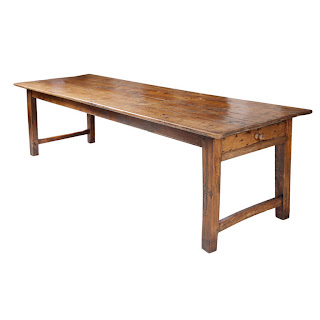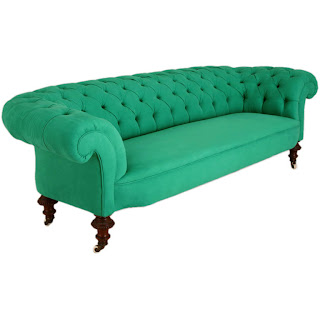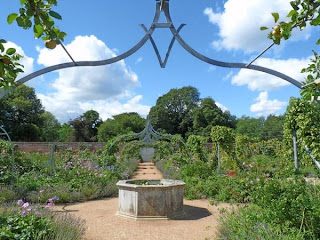When it comes to writing about antique pine furniture I can't help but think of the large numbers of old painted dressers, chests and tables I've bought. The endless hours spent soaked in muddy fields across Europe during Antique shows, and my quest to fulfil my order book and my workshop. I would leave a show at the end of a long couple of days, my truck laden with new stock and drive towards home, feeling like a child on Christmas eve and hardly able to wait to get back to the warehouse to check out exactly what I'd spent my buying money on.
 |
| An English Painted Pine simulated Mahogany Glazed Dresser / Cupboard circa 1860, Available from; www.rjorgensen.com |
Once unloaded I would examine each piece, list the work needed to be done and decide whether that piece should be left painted or stripped back to the bare wood and waxed finished. This would depend on a number of factors such as, if the paint colour was appropriate (people do have some strange colour schemes !!) .
Occasionally I have been able to painstakingly remove the numerous coats of paint layer by layer to reveal the original Victorian ornate paintwork, this is very time consuming but can sometimes be very worthwhile both aesthetically and financially. Other things I consider is the cleanliness of the piece, obviously the majority of these pieces are a 100 plus years old and maybe a little worn which is fine, however nobody wants to use a dirty dresser no matter how old. Also now and again some of the most interesting pieces have ended up being used as the tool chest or the storage cupboard in the garage or worse, so sometimes stripping or repainting a piece might be the only option. Other times the colour and the warmth of the worn paint finish is just too perfect to be stripped and a light clean has to be sufficient. I once managed to purchase a superb but very shabby looking Victorian pine drapery counter from a farmer who had been storing animal food in the drawers..It stayed looking shabby and just the drawers were cleaned and waxed.
 |
| An English "Lincolnshire"Stripped Pine Sideboard circa 1870, Available from; www.pinemine.com |
I love the element of surprise when buying antique painted furniture because your never sure quite what's under that last coat of paint, its not for the faint hearted and experience really does come in handy.
Pine furniture was very often made locally either by local carpenters or pieces were built by family members and passed around, cabinetmakers seldom worked with pine as it was seen as an inferior wood, that was also the main reason a great deal was painted.
The Victorian process for painting pine furniture was after the tradesmen had constructed the piece it would then be completely covered in a thin plaster solution and allowed to dry. This would hide the grain of the wood, then it would be lightly sanded to a smooth finish ready to be painted, with either a simulated grain effect the colour of a more exotic wood normally mahogany or rosewood or the other popular style was a pale colour painted onto the piece then a fine pinstripe was put onto drawers sides and top and occasionally decorated with flowers.
Tables are similarly rescued from workshops and barns as an old pine table makes a great workbench or potting table, these are easier to restore as the tops can usually be scrubbed the legs tightened if required and then wax or painted.
Old pine is exceptionally forgiving to restore and sometimes the most well used pieces exude the greatest character.











Pretty pretty satinwood graining and those blues are just fabulous...not surprising the look is copied endlessly
ReplyDelete